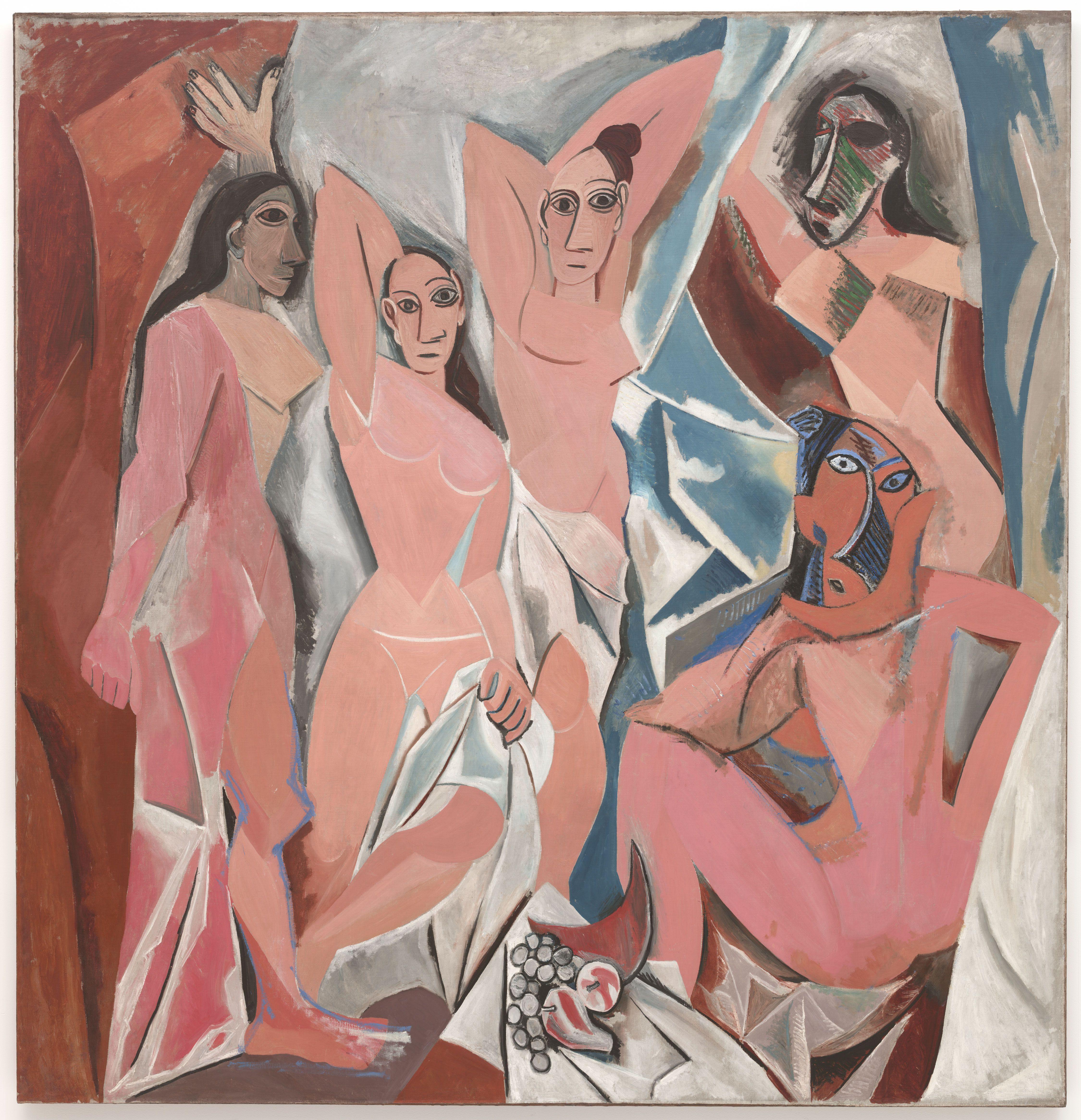History of Art
- Introduction to Art History
- Byzantine Art
- Islamic Art
- Renaissance Art
- Baroque and Rococo Art
- Impressionism and Post-Impressionism
- Modernism
- Postwar & Contemporary Art
- Art of Africa & Oceania
- Art of the Americas
Modernism
From Realism to Abstraction: The Dawn of Modernism

Movement of art, culture, philosophy and architecture.
Modernism, a pivotal movement in art history, marked a significant departure from traditional forms of art. It emerged in the late 19th and early 20th centuries, a period of rapid industrialization and societal change. This article will explore the transition from Realism to Abstraction, a key characteristic of Modernism, and the various movements that played a role in this shift.
Introduction to Modernism
Modernism is a broad term that encompasses a variety of artistic and intellectual movements that sought to break away from the traditions of the past. It was characterized by a deliberate and often radical shift towards new and innovative forms of expression. Artists began to experiment with new techniques, materials, and subjects, often focusing on the inner world of emotion and imagination rather than the external world of objective reality.
Transition from Realism to Abstraction
Realism, a dominant art style in the 19th century, focused on the accurate and detailed depiction of the world. Realist artists, such as Gustave Courbet and Jean-François Millet, sought to portray the world as it was, often focusing on everyday scenes and ordinary people.
However, as the 20th century approached, artists began to move away from this objective representation of reality. They started to experiment with ways to express their subjective experiences and emotions. This shift marked the beginning of the transition from Realism to Abstraction.
Abstraction in art refers to the use of a visual language of shape, form, color, and line to create compositions that may exist with a degree of independence from visual references in the world. Abstract art does not attempt to represent an accurate depiction of visual reality. Instead, it uses shapes, colors, forms, and gestural marks to achieve its effect.
Key Movements: Symbolism, Expressionism, Fauvism
Several movements played a crucial role in this transition. Symbolism, for instance, rejected the direct representation of the physical world. Symbolist artists, like Gustav Klimt and Edvard Munch, used symbolic imagery and emphasized emotions and ideas.
Expressionism, which emerged in the early 20th century, took this focus on emotion even further. Expressionist artists, such as Egon Schiele and Ernst Ludwig Kirchner, sought to depict the emotional experience rather than physical reality. They used distorted and exaggerated forms, intense color, and dramatic brushwork to convey their feelings.
Fauvism, led by artists like Henri Matisse and André Derain, was another important movement in this transition. The Fauvists were known for their bold, non-naturalistic use of color and simplified forms. They believed color could function as an independent element, separate from its descriptive, representational purpose.
In conclusion, the transition from Realism to Abstraction was a complex and multifaceted process. It marked a significant shift in the way artists perceived and represented the world around them. This period laid the groundwork for the diverse range of styles and movements that would come to define Modernism in the 20th century.